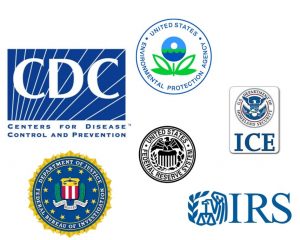LatinaLista — The recent release of the 2009 Science NAEP Trial Urban District Assessment (TUDA) report, otherwise known as the Nation’s Report Card, is yet another bugle revelry to get people to jump up and see the writing on the (chalk)board.
According to the findings, fourth-and eighth-graders in most of the report’s 17 participating urban districts typically scored lower in science than the national average.
What does that mean? A lot.
1. It means science isn’t seen as being relevant to urban fourth through eighth graders.
2. It means the nation’s future workforce, a.k.a. economic prosperity, will lack the necessary high-level skills to perform tomorrow’s high-paying technology driven jobs.
3. It means the public school curriculum and/or science teachers in urban areas aren’t doing the job of getting kids excited about science.
4. It means that traditionally short-changing inner city schools in favor of suburban or outlying schools by not giving inner-city schools enough equipment, books or experienced teachers has far-reaching consequences.
What the results also imply is that since most inner-city schools are comprised of a majority of black and Latino students and low-income, these demographic groups will lead the way into the future of being under-skilled, under-educated and be an underclass where education is literally the exit key.
When comparing the results for urban districts to results for the nation and large cities, it is important to consider the differences in their demographic makeup. In 2009, the percentage of White eighth-graders in the nation was higher than the combined percentage of Black and Hispanic eighth- graders. The opposite was true for large cities and for 16 districts where the combined percentages of Black and Hispanic students were higher than the percentage of White students.
…Large cities in general, and some of the participating districts, also often had higher percentages of English language learners (ELL). The percentage of ELL students in large cities was 11 percent compared to 5 percent in the nation overall.
It’s a known fact that not enough students are pursuing science, technology or math — subjects that require curiosity, imagination and a love of numbers — all subjects that lie at the core of innovation and will carry this country forward.
The bigger question from this report, and the dozens of others that produce the same dismal findings, is:
How many children who had the potential to create the next phase of the space program, be the next Einstein or create a new way to tap into technology have been lost because nobody wanted to spend the money or the manpower on poor kids who go to rundown schools?





